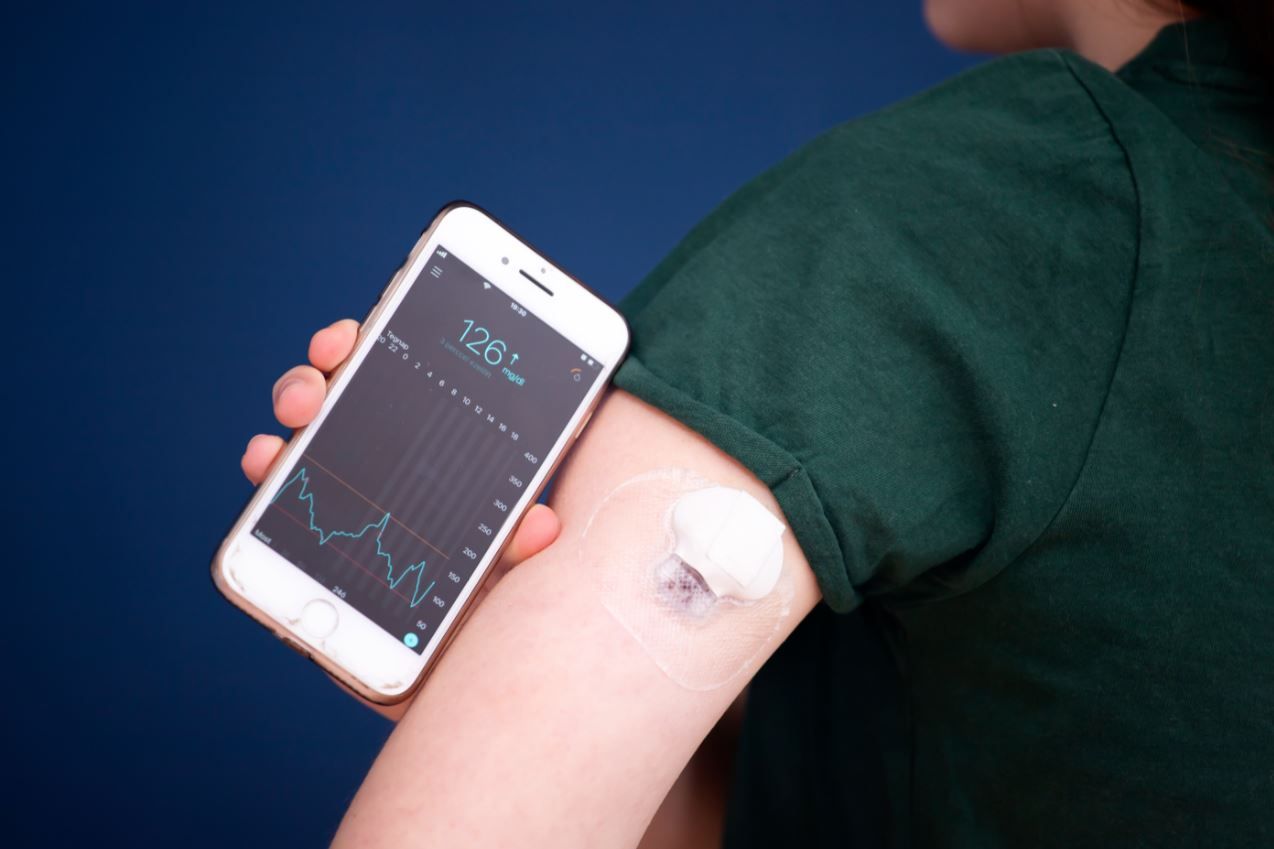- Clinical Technology
- Adult Immunization
- Hepatology
- Pediatric Immunization
- Screening
- Psychiatry
- Allergy
- Women's Health
- Cardiology
- Pediatrics
- Dermatology
- Endocrinology
- Pain Management
- Gastroenterology
- Infectious Disease
- Obesity Medicine
- Rheumatology
- Nephrology
- Neurology
- Pulmonology
Younger Age and Higher HbA1c Among Factors Linked to CGM Uptake in New Study
ADA 2022: Younger age, insulin use, higher HbA1c, and higher diabetes distress were found to be associated with CGM uptake in prospective study.
©erkia8213/AdobeStock

Results of a prospective study of adults with type 2 diabetes (T2D) from primary care clinics found that younger age, insulin use, higher HbA1c, and higher diabetes distress are associated with uptake of continuous glucose monitoring (CGM).
Findings were presented June 5 at the 82nd Scientific Sessions of the American Diabetes Association (ADA) in New Orleans, Louisiana, and published simultaneously in the ADA journal Diabetes.
Clinical trials have shown that the use of CGM can help improve glycemic control and quality of life in patients with T2D and while CGM use in T2D management has increased, little is known about predictors of CGM use in T2D, observe study authors. Led by Lindsay Mayberry, PhD, associate professor of medicine and biomedical informatics, Vanderbilt University Medical Center, they explored potential correlates of CGM uptake among primary care patients with T2D.
Adults aged 18-75 years with T2D receiving primary care at an academic medical center enrolled in a randomized controlled trial evaluating a self-management support intervention. The intervention did not address CGM use, according to the study abstract.
Upon enrollment, participants completed a HbA1c test, and reported demographic, clinical characteristics and individual (diabetes distress, diabetes self-efficacy, health literacy), social (family/friend involvement, shared illness perception), and behavioral (self-care behaviors) factors. This 15-month assessment queried CGM use in the past 12 months (current use/used and discontinued vs no use).
A total of 109 patients (mean age, 58 years; 57% women) finished the 15-month assessment from July 2021 to March 2022. A little over half (54%) of the participants were non-Hispanic White while 31% were non-Hispanic Black and 7% were Hispanic. The mean baseline HbA1c was 8.8%.
According to Mayberry et al, one-third (n=36) of participants used CGM during the prior 15 months, including 3 who discontinued. CGM users, compared to non-users, were younger (median age: 55 years vs 60 years, p=.031), had higher baseline HbA1c (9.1% vs 8.3%, p=.048), and more were using insulin (69% vs 36%, p=.002). The researchers noted that CGM users had higher baseline diabetes distress compared to those not using CGM.
Analysis also showed that CGM use was not related to gender, diabetes duration, race, ethnicity, health literacy, diabetes self-efficacy, family/friend involvement, perceiving diabetes as a shared illness, or self-care behaviors, according to the abstract.
“In a prospective study of adults with T2D from primary care clinics, younger age, insulin use, higher A1c and higher diabetes distress were associated with starting CGM. Two-thirds of CGM users were taking insulin. We did not find gender, race, ethnicity nor health literacy disparities in CGM use in our diverse sample,” concluded investigators.
Reference: Mayberry LS, Roddy MK, Jaser SS, Elasy TA. Correlates of CGM uptake among adults with type 2 diabetes in primary care. Published online June 1, 2022. DOI: 10.2337/db22-63-LB.
